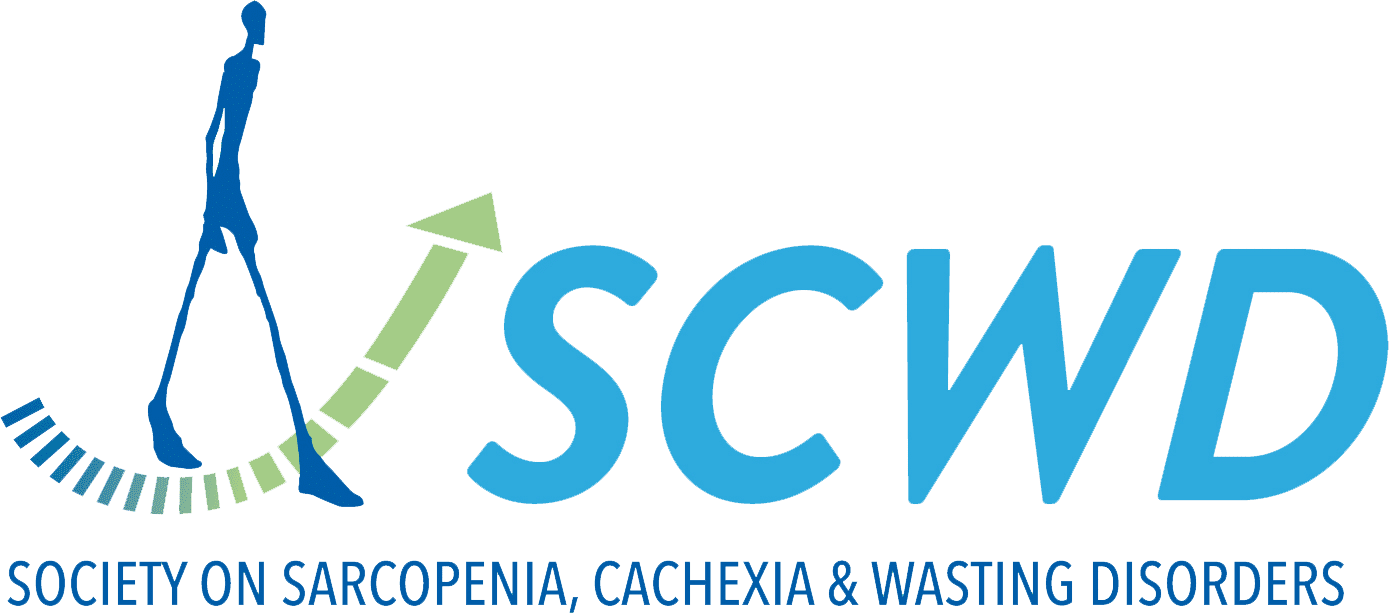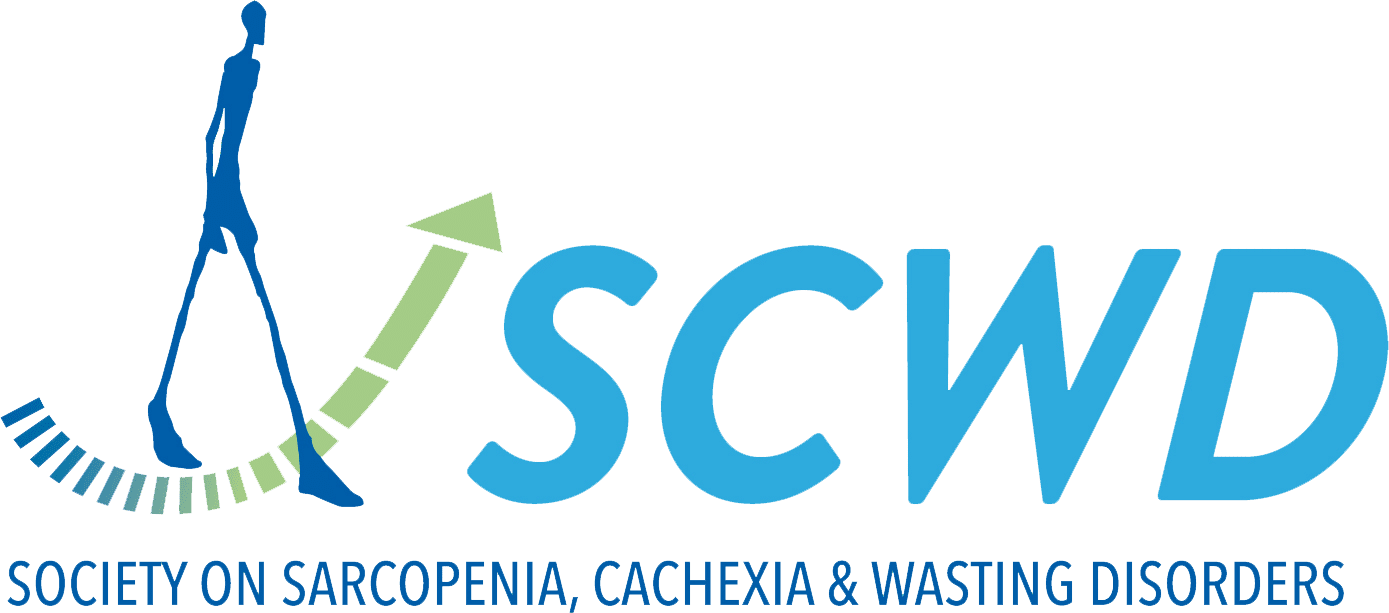The association between sarcopenic obesity and malnutrition in community-dwelling older adults.
The increase in fat tissue and the decrease in muscle mass with advancing age have prompted researchers to explore the coexistence of sarcopenia and obesity, i.e. sarcopenic obesity (SO).
SO may lead to malnutrition due to poor diet quality, while malnutrition may contribute to SO by causing further muscle loss and metabolic imbalances. The aims were to investigate: (i) the prevalence of SO in community-dwelling older adults, (ii) the diagnostic ability of two different malnutrition methods, and (iii) the association between SO and malnutrition.
Community-dwelling older adults (≥65 years) were invited to participate. SO assessment was conducted based on the ESPEN/EASO consensus criteria.
Malnutrition was evaluated based on both the Global Leadership Initiative on Malnutrition (GLIM) criteria and the Mini-Nutritional Assessment (MNA). Five hundred and ninety older adults (69.3% women, mean age: 74.31 ± 6.55 years) were included in the study.
The overall prevalence of SO was 5.9% (n = 35). The prevalence of malnutrition was 23.9% according to the GLIM criteria, while it was 3.1% according to MNA.
The agreement between the two measurements was ĸ = 0.32. There was no association between SO and malnutrition based on either GLIM (P: .06, OR: 1.971, 95% CI: 0.966-4.024) or MNA (P: .948, OR: 1.934, 95% CI: 0.119-7.306).
Even though the agreement for diagnosing malnutrition between GLIM criteria and MNA was fair, the number of participants diagnosed with malnutrition by GLIM criteria was almost eight times higher than MNA. No association was established between SO and malnutrition defined by GLIM or MNA.
NCT05122104.


